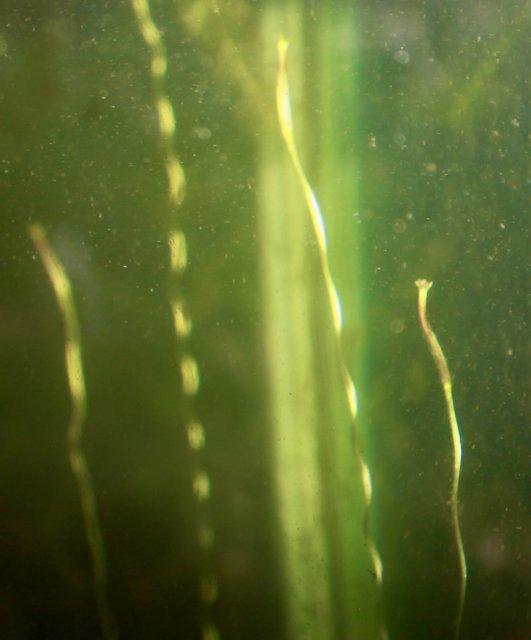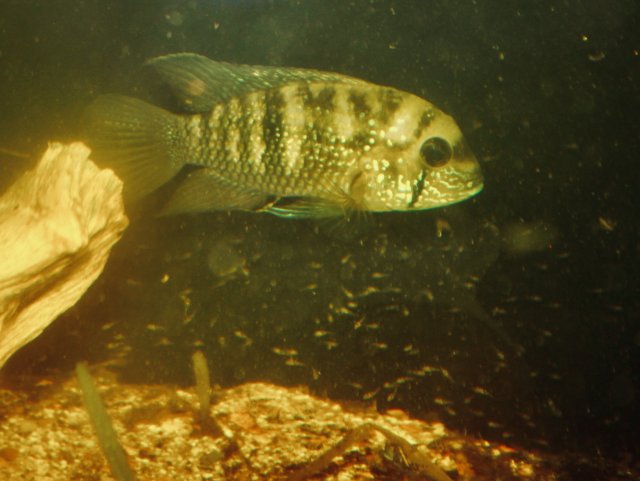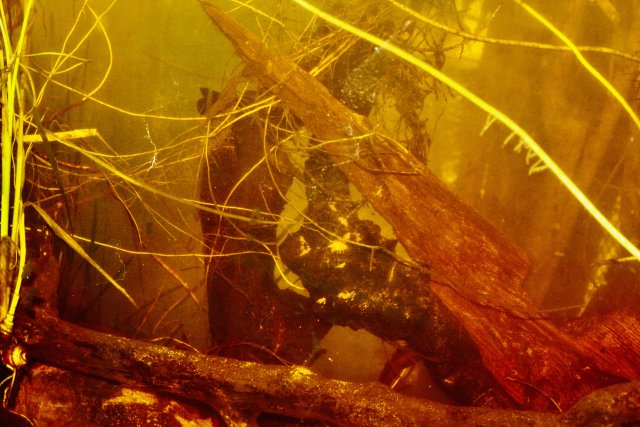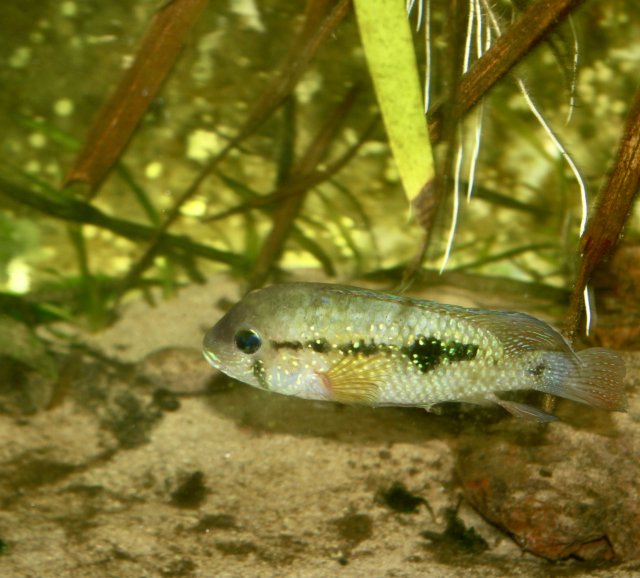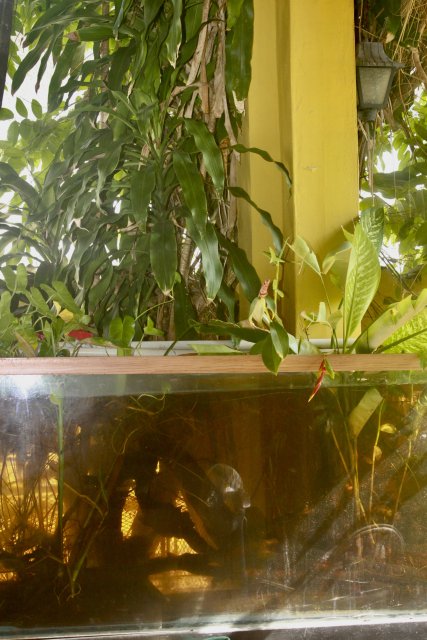I have a breeding pair of Kels now about 4 1/2 years old. The female is feisty. The male is big but generally a docile brute. During our winter the sun reallly hits the tank directly. Much more than in the summer. Recently the male has been dominating the female. Keeping the female down in a corner. Almost like he's trying to get her to lay eggs.
I noticed that if I close the blinds he settles down and stops doing this.
I know cold temps can help spur breeding behavior but this seems more triggered by the lighting.
Just my observation not asking for advice.
I noticed that if I close the blinds he settles down and stops doing this.
I know cold temps can help spur breeding behavior but this seems more triggered by the lighting.
Just my observation not asking for advice.





